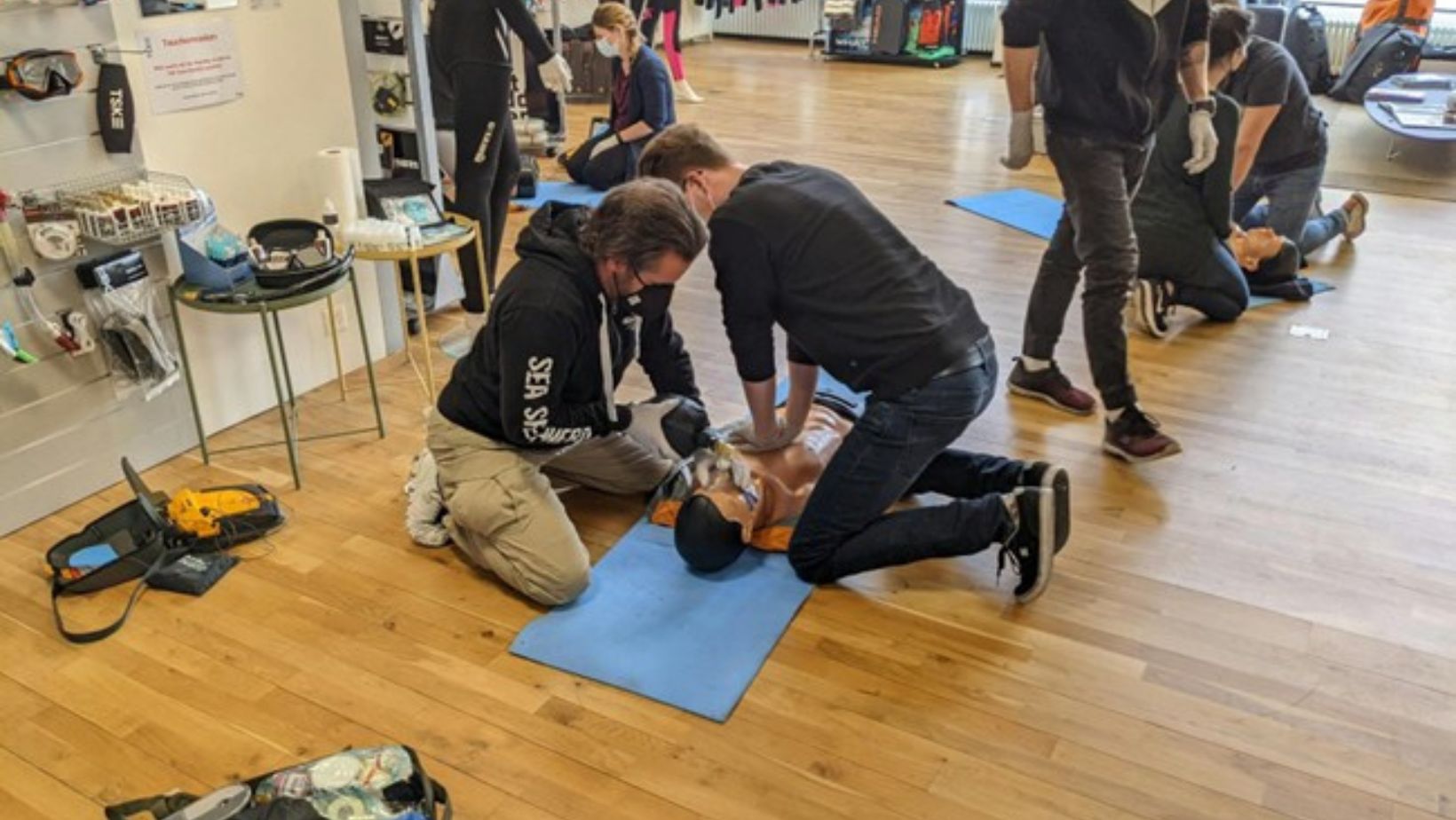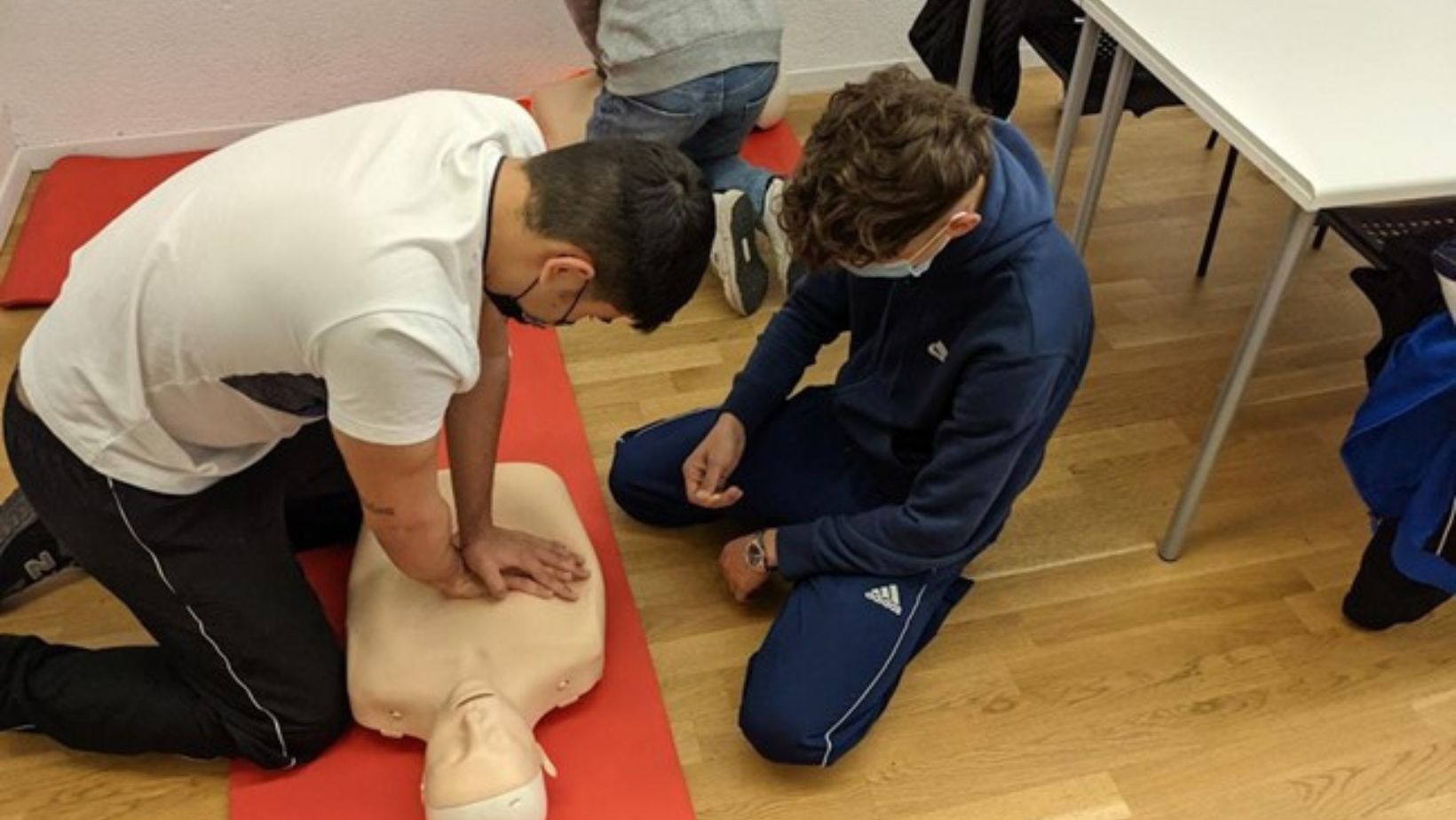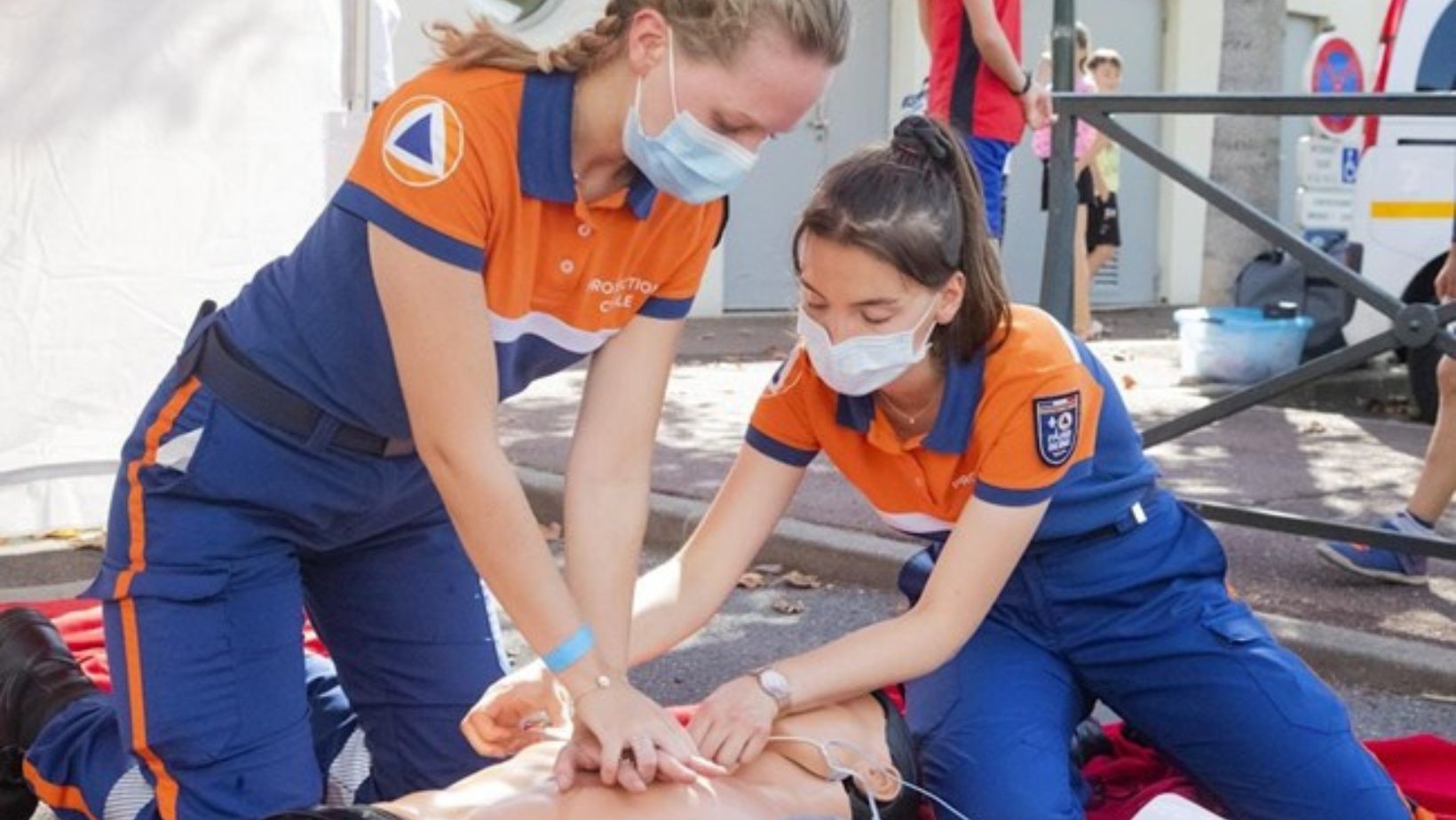
Cardiopulmonary resuscitation (CPR) is a critical skill that has the potential to save lives in the event of a cardiac arrest. When properly executed, CPR can sustain vital blood flow to the heart and brain during an emergency. With sudden cardiac arrest remaining a leading cause of death globally, it’s vital for as many people as possible to be trained in this lifesaving technique. Understanding and performing CPR can mean the difference between life and death, making it an essential skill for everyone to possess. Keep reading to discover why CPR training is so important and how it can empower you to make a difference in critical situations.
Understanding the Lifesaving Power of CPR Training

CPR is a crucial lifesaving technique that helps maintain blood flow to the brain and vital organs after cardiac arrest. When the heart stops beating, every second counts. CPR mimics the heart’s pumping action through chest compressions and rescue breaths, buying time until medical help arrives. While it may seem intimidating, proper training helps individuals gain the skills and confidence needed to perform effective compressions and breaths.
CPR Classes provide hands-on practice, often using manikins, to teach the correct rhythm and depth for compressions. Since cardiac arrests can happen anywhere, bystander CPR is essential in increasing survival chances before emergency responders arrive. Many courses now include training with Automated External Defibrillators (AEDs), making it easier for anyone to assist in restoring a normal heart rhythm.
How CPR Training Empowers Individuals in Emergency Situations
CPR training empowers individuals to take decisive, lifesaving steps in emergencies, reducing fear and boosting confidence. Most cardiac arrests occur at home, and CPR training equips individuals with the expertise to act quickly and effectively, potentially increasing the survival chances of family, friends, and strangers.
CPR-certified individuals inspire others to seek training, enhancing community response capacity and potentially transforming society’s handling of sudden health crises. As more people become trained, the safety blanket provided by CPR knowledge becomes more widespread. The skills learned during CPR training also translate to increased preparedness for other emergencies, such as choking or drowning, making CPR-trained individuals a vital asset in numerous situations, potentially preventing multiple tragedies.
The Role of CPR Training in Improving Survival Rates from Cardiac Arrest
Studies show that bystander CPR can significantly increase a victim’s chances of survival after a cardiac arrest. This highlights the importance of CPR training in society, as it significantly improves community survival rates. By ensuring a larger population is trained in CPR, the likelihood of providing immediate care increases.
Hospitals and emergency services also recognize the value of bystander CPR as an extension of their care continuum. CPR training also includes instruction on the use of Automated External Defibrillators (AEDs), which work together with CPR to restore normal heart rhythms. This collaboration between the public and professionals is a cornerstone of modern emergency medical response.
Bridging the Gap: CPR Training for a Safer Community

Community safety is not just about laws and first responders but also about proactive measures taken by its members. Community-based CPR training can bridge the gap between ordinary people and the means to make a significant impact during emergencies. This promotes resilience against the unexpected and fosters a culture of mutual care and preparedness.
Community-based CPR training initiatives often focus on inclusivity, making classes barrier-free and accessible to all segments of the population. This includes offering courses in different languages at different times and at no cost. By embracing CPR training, communities communicate their values and priorities, fostering a community ethos centered on compassion, readiness, and the sanctity of life.
Overcoming Barriers to CPR Training: Accessibility and Awareness
CPR training is a vital skill, but barriers such as cost, location, and time can deter individuals from pursuing it. To overcome these, it is essential to make CPR education more affordable, offer convenient classes, and provide flexible course times. Educating the public about the importance of CPR through outreach programs and public awareness campaigns can also help.
Demonstrating the skill through introductory workshops can encourage wider participation. CPR certification courses should be inclusive, accommodating different learning styles and physical limitations. By doing so, everyone has the potential to be a lifesaver, and inclusive training sessions can help overcome these barriers and promote CPR education.
Overall, CPR training stands as an essential tool in the quest to save lives and strengthen community resilience. It equips individuals with the knowledge and skills needed to take prompt, effective action in emergencies, bridging the critical time gap until professional help arrives. As more people embrace the value of CPR training, our societies will become better prepared to confront the challenges of sudden cardiac arrests, making each community a safer place for all its members.




























































